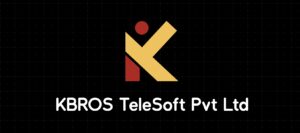EDGE, or “Enhanced Data for GSM Evolutionâ€, is a technology which is faster and is a wireless service designed by Global System for Mobile (GSM) in order to deliver data at rates up to 384Kbps and make possible the delivery of multimedia along with other multimedia broadband applications to mobile phone and computer users. The EDGE standard is built on the existing GSM standard, using the same time-division multiple access (TDMA) frame structure and existing cell arrangements. The base stations can be updated with software. It was first marketed in 2001. EDGE is actively supported by GSM operators in North America. Some GSM operators elsewhere viewed UMTS as the ultimate upgrade path and either planned to skip EDGE altogether or use it outside the UMTS coverage area. However, the high cost and slow uptake of UMTS have resulted in fairly common support for EDGE in the global GSM/GPRS market. EDGE uses higher-order PSK/8 phase shift keying (8PSK) for the upper five of its nine modulation and coding schemes. EDGE produces a 3-bit word for every change in carrier phase. This triples the gross data rate offered by GSM which means operators can handle three times more subscribers than GPRS; triple their data rate per subscriber. There are various American companies that have EDGE networks in operation, for example AT&T Mobility, Centennial Wireless, Cincinnati Bell and many more. In simple words, it is just a software upgrade for many existing gprs/gsm users.
